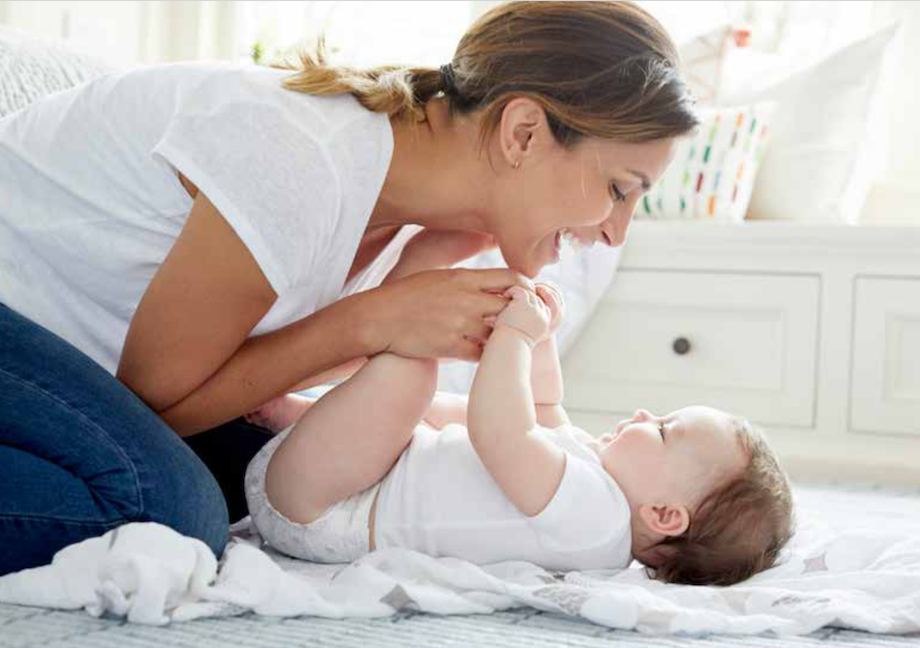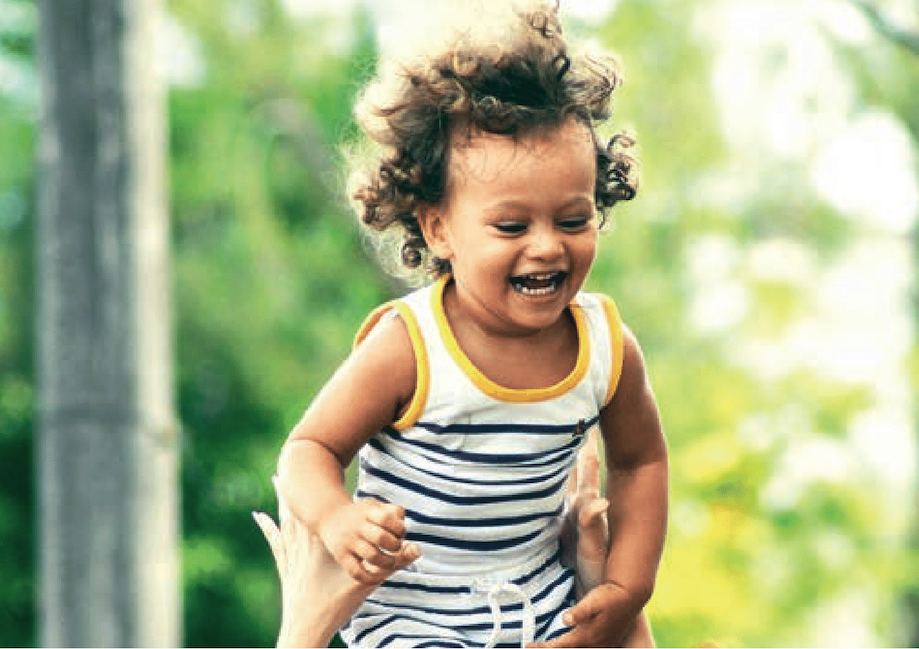
The words ‘toilet training’ can strike fear into the most intrepid parent, but summer is a great time to start that transition to nappy freedom. Here are some tips for mums, dads and carers that really help take the hassle out of wee accidents and support your little one on their toilet learning journey.
Daytime tips
When should we start?
For daytime learning, around two years is a good time for girls, although boys are quite often later. Every child is different. Choose a time when you can stay closer to home for a few days. Ask someone else to pick up older kids from school or preschool, go to the supermarket at night after your partner is home etc. You need a few days clear of distractions if possible.
How do I know they are ready?
There are a few things you can ask yourself that will help you identify the right time to encourage your child to use the toilet.
- Can they pull their own pants up and down?
- Are they staying dry for at least two hours at a time?
- Do they show an interest in the potty or toilet?
- Can they follow simple instructions?
- Is the time right for you and your family? Spoiler alert – there will be accidents and extra washing.
How about rewards and praise?
Keep it simple and reward effort rather than result. Make it consistent and affordable – stickers and games rather than expensive toys. Check out the free reward downloads on brollysheets.co.nz. Make sure you celebrate even the small successes. Do the “potty dance” – everyone claps and dances around. Ring close relatives to share the exciting news.
Set the clock
Remind your child to go every half hour to an hour. Don’t ask if they need to go, simply say, “Come on – let’s go to the potty/toilet.”
Number twos
It’s more common than you think – wees are fine but your child just won’t do a poo on the potty or in the toilet. The fact their child is out of nappies, except for when they need to do number twos, frustrates many parents. These things might help:
- Make sure your child isn’t constipated.
- When they have done number twos, either in a nappy or in pants, go together to the toilet and flush it away.
- Tie a “special toy” to the toilet roll holder to play with whilst on the toilet.
- Have a special book just to read whilst sitting on the toilet.
- Get a seat insert so they don’t fear falling in.
- Try putting food colouring in the water to make the toilet more interesting.
- It may be that poos “splash” and make a noise, so they will go in a potty but not the toilet. Put some toilet paper in the toilet first so there isn’t a splash.
- Explain where the “hole” in the toilet goes and how the toilet works.
- Put the potty by the toilet (if it will fit) and then they will have the choice where they want to go and get used to the idea that the toilet is the place to go.
- Offer a “poo party”, not just after the first poo, but if they go four times in the toilet.
- It could be that they just need the time to relax on the toilet. Let them know that it is alright to take your time. It may be they are uncomfortable with their feet in the air, so get a stool for them to put their feet on.
- Try not to focus on it, as it can build anxiety.
- Explain how food goes down a slide in their tummy (a long one with lots of turns) and all the things their body doesn’t need come out at the end of the slide and into the toilet.
Get practical
Training pants are a great transition between nappies and undies to give you some peace of mind. They won’t hold a full wee like a nappy, but will give your child extra time to get to the toilet. It’s also handy to take a waterproof bag, some wipes and a change of undies/pants when you go out. Being prepared makes those wee accidents easier to deal with.
It’s not a competition
Don’t compete with others about your child being dry. It is nothing to do with your skills as a parent or your child’s IQ. It happens when it happens. There will always be the child who has never had an accident – but the majority of us have to go through the accidents, extra washing and always knowing where the public loos are.
Nighttime tips
Complete daytime learning first – don’t try to do them both at once. The average age to start night-time toilet training is around four to five years, but boys can be a bit slower than girls.
They are either physically capable of holding on till the morning or they aren’t. If your child is still waking up wet every morning, they are not ready to go without a nappy. It’s just the way they are made and every child is different. Most children under the age of five still wet in their sleep and one in ten younger primary school children do too.
There are definite signs of readiness you should look for before you start. Don’t rely exclusively on these – they are just an indication the time may be right.
- Dry nappy in the morning
- If they are waking up wet, check to see if they are weeing just before they wake (look for a soaked warm nappy).
- Not wanting the nappy on at night – child-led
- Waking up to go at night – either dry or wet
If your child is showing signs of readiness, don’t hold them back. It will be easier for you if your child is ready, so go for it now.
Get the timing right
Don’t start toilet learning just before you go on holiday or just before you come home with a new baby. You may be lucky and have a very quick training time frame. Or you are much more likely to be like the majority of us where it will take weeks/months to get completely dry.
You will have broken sleep changing a wet bed and child. Start when the time is good for you and your child.
Set a routine bedtime for your child. Overtired children fall deeply asleep and have a harder time waking up to go to the bathroom. You may have a relapse over the holidays as days tend to be fuller and the routine changes. Give your child plenty of fluid during the day. They shouldn’t need extra drinks after dinner.
Light up their lives
A nightlight can make a huge difference. Your child needs to feel safe getting up in the middle of the night if they need to. You can also leave the toilet light on to make the house not so scary in the dark.
Accidents are going to happen – be prepared
Don’t use disposable night-time pants. Your child needs to feel wet for their brain to get the message they don’t like being cold and wet. Prepare the bed and your child. Get something like a Brolly Sheet with tuck-in wings that makes it easy to change a wet bed at 2 a.m. Explain to your child that these special sheets are made to be weed on. It is no big deal if they have an accident.
Have realistic expectations
Expect just the occasional dry night at the first few attempts. In some cases it may take months. If your child is becoming anxious or frustrated, take the pressure off. Forget about night-time toilet training for a while. You can restart in a few months’ time.





